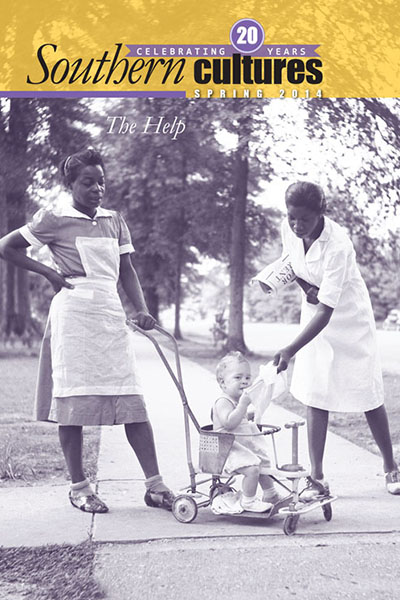“The question arises: wouldn’t the mammy characters be rendered more believeable in their altruism if it extended beyond white children to all children?”
A popular caricature postcard from the 1920s shows an African American woman shopping with her three young children. A white saleswoman holds out a pair of white gloves to her and asks, “Madame could I interest you in a pair of white kids?” The double entendre, white kid-leather gloves and white children, reflects the ubiquitous image and reality of African American women taking care of white children in American culture. The word “mammy” doesn’t even have to appear on the postcard for the image to be evoked through the size, shape, and color of the African American woman. Similar depictions of black motherhood tied to white childcare were popular and contentious well before the phenomenal success of Kathryn Stockett’s bestselling novel The Help, and the subsequent award-winning film.


